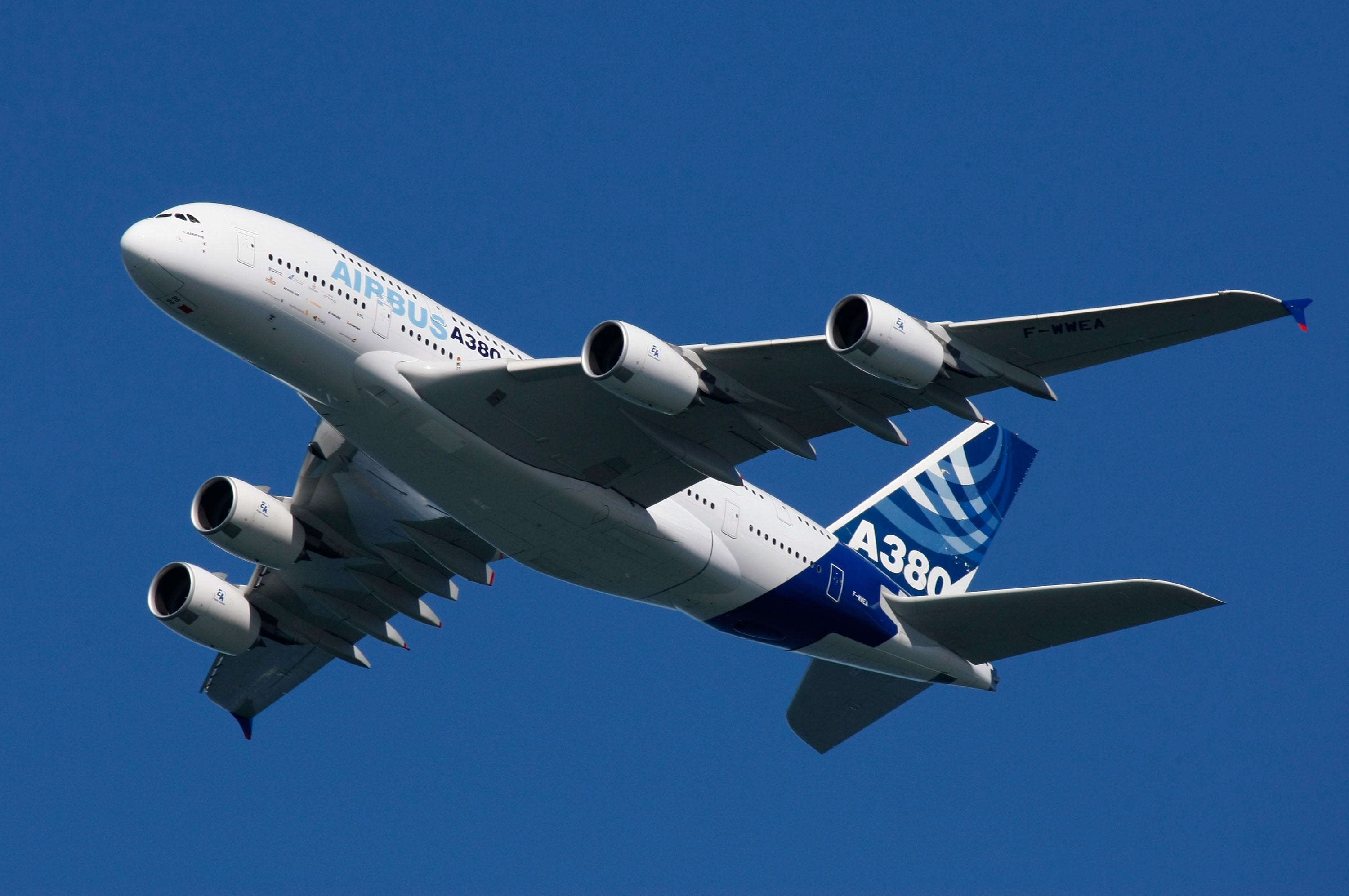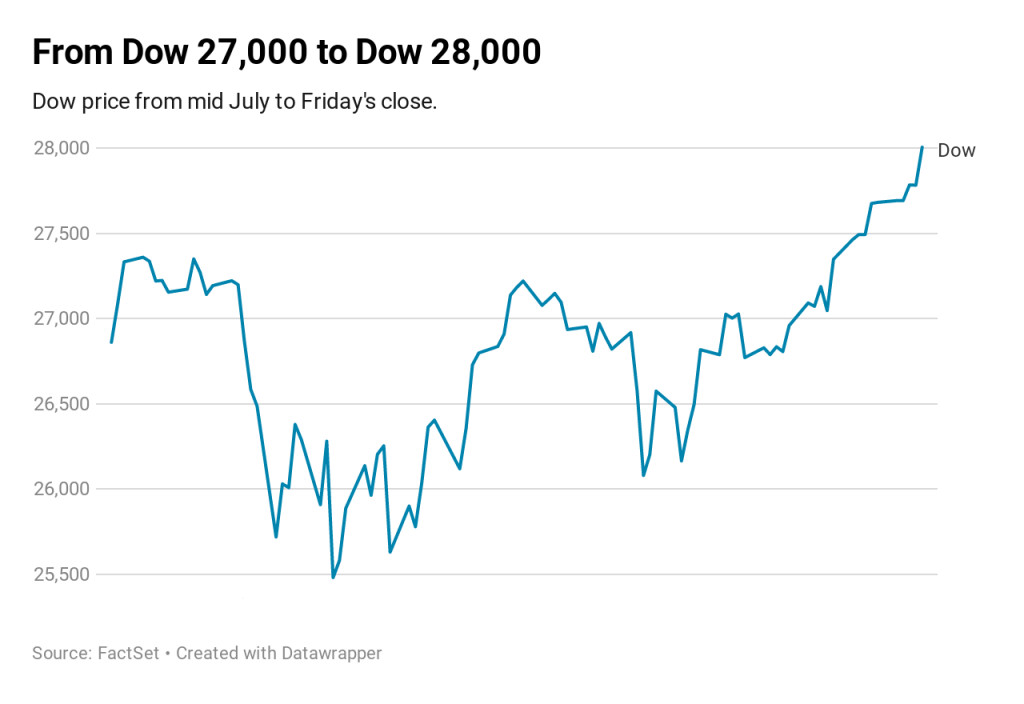
The Airbus A380 flies over San Francisco
Justin Sullivan | Getty Images News | Getty Images
Airbus will stop building its A380 superjumbo in 2021 — but that won’t stop the firm continuing to market it as a secondhand option.
And that effort will continue at the 2019 Dubai Air Show next week where the European plane maker confirmed it will parade two of the gigantic jets under the liveries of local carriers Etihad and Emirates.
Airbus has already helped lease companies find homes for planes returned by operators. In 2018, Hi Fly, a Portuguese aircraft leasing company that also supplies crew, maintenance and insurance became the first operator of a secondhand Airbus A380.
At the time, Airbus’ A380 business development leader, Catherine Bras, said helping to build a secondhand market was an opportunity to show what the aircraft can do.
“This could help create new routes and expand the market base,” she told industry press.
Hi Fly President and CEO Paulo Mirpuri then said in February this year that his company could look to take on another secondhand A380.
“The second (A380) will be a lot easier, so we will be driven by market demand. And we will need to have one full year of operation before we decide about the next one, and the third one, and the fourth one,” he said to Forbes.
In October, Airbus said secondhand A380s “offer attractive opportunities to airlines” and that it would support the plane’s existence “for decades to come.”
Net orders of the plane stand at 290, with 239 delivered to 15 different operators.
British Airways (BA) flies its A380s to 10 different locations, including five U.S cities. Former Chief Executive Willie Walsh previously hinted that the secondhand A380 market could be an option to expand operations, but his successor has identified flaws.
In April this year, Alex Cruz estimated that reconfiguring a plane to BA specifications “can run to between $30-50 million” per aircraft.
“To put that into a lease rate, all of a sudden it takes the aircraft completely out of the market,” Cruz added.
What happened to the A380?
Visitors look at models of an Airbus A380 and an Airbus A350 plane at the Beijing International Aviation Expo in Beijing on September 19, 2017.
Wang Zhao | AFP | Getty Images
It was supposed to revolutionize flying, but the Airbus A380 superjumbo program ended earlier this year, just 12 years after it first took to the skies. An estimated $25 billion was poured into the aircraft’s development.
The life of the world’s largest commercial jet-liner was put on notice after it became clear that it was heavily reliant on just one customer, the Middle East airline Emirates.
The plane was a big bet that the reduced availability of landing slots at big “hub” airports could be overcome by simply loading more passengers onto one large plane.
But rules allowing more planes in the sky and new technology allowing planes to fly longer distances to bypass these hub airports undermined the business case.
With four engines, the A380 is also expensive to run. One estimate puts the cost of operation at $26,000 to $29,000 an hour. Additionally, only around 400 airports in the world are built to handle the twin-decked plane.
In February, Airbus scrapped the program, announcing that the last A380 will be delivered in 2021.

